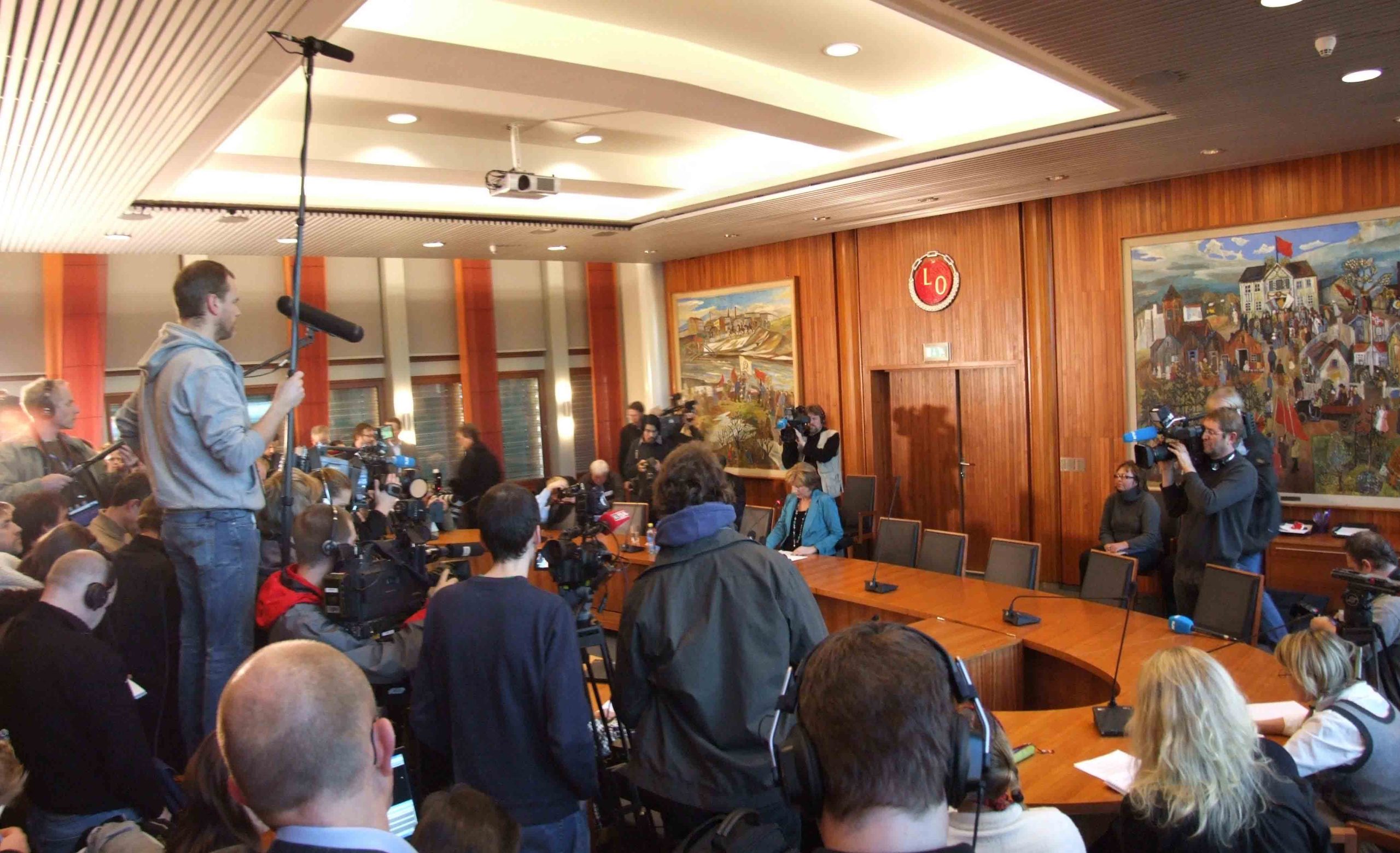Norway has one of the highest numbers of working days lost due to sickness in Europe, as well as one of the highest number of people receiving disability benefit. For some time it seemed like Norway had found the way to lower the numbers, through the Inclusive Workplace Agreement made in 2001. But then the business cycle in Norway boomed. Unemployment fell to 2,9 per cent and sick leave increased just as rapidly.
The goal to lower the sick leave by 20 per cent in five years, which almost was reached in the last quarter of 2004, suddenly seemed unreachable.
”It’s not possible to reach the goals of the IW-agreement for sick leave with the policy instruments we have”, said the Minister of Work and Social Inclusion Bjarne Håkon Hanssen on the 5th of September.
Compared to 2001, the reduction in sick leave was just 2.5 percent in the 1st quarter of 2006. Hanssen presented a proposal that the employers should have to pay 20 per cent of the cost of the sickness absence during the first six months and 10 per cent the following six months. The present period during which the employer has full responsibility of the cost was at the same time cut from 16 to 14 days.
Extremely adverse reaction
The reaction from the social partners, who had not been warned in advance, was extremely adverse. By Norwegian standards ‘all hell broke out’.
“I don’t understand how he dares!” sneered Gerd-Liv Valla, leader of the Norwegian Confederation of Trade Unions (LO).
The unions were afraid that if the employers had to pay they would stop hiring people they thought would be sick. They also feared that the employees would be next in line to pay the bill. Today sick employees get 100 per cent of their pay from day one and for as much as a year.
“The government shouldn’t outsource its budget problems to us” said an equally furious Finn Bergesen Jr, director general of the Confederation of Norwegian Enterprise.
The same kind of reactions came from the other six organisations that had signed the tripartite agreement. They pointed out that the government could have informed them of its plans when the IW-agreement was renewed as late as the 6th of June this year.
So what is it that is so special with the IW-agreement that it threatened the historically good relationship between the social partners and the government?
Sick leave as a political question was highlighted towards the end of the 90’s when the number of hours lost increased rapidly for many years. In 2001 absence due to sick leave had risen to 7.6 percent of the workforce, compelling the former government to introduce a proposal that part of the cost should be shouldered by the employers and the employees.
The protests against the proposal were so strong that another route was taken. If the social partners refused to pay a larger part of the bill, they had to prove that they could solve the issues by themselves instead. A tripartite agreement was reached for the period 2001-2005, between the government and the social partners. Three objectives were set:
-
to reduce sickness absence by at least 20 per cent from the level observed in the second quarter of 2001:
-
to secure employment for a larger number of people with disabilities; and
-
to increase the actual retirement age.
The companies and workplaces that signed a co-operation agreement with the National Insurance Administration, NIA, were given certain benefits. The employees in IW-companies could have longer periods of self-certified sickness absence and the human resource managers could get support from the new Workplace Centres of the NIA, which were set up in each county.
The first couple of years the sickness leave continued to grow and there was no progress on the other two objectives either. However, the IW-concept gained a considerable support at the companies which had signed agreements. A cultural change was reported from many workplaces:
“In contrast to just a few years ago, sickness absence no longer seems to be a private matter between the employee and his or her doctor. Today, employers can engage in a dialogue with their employees on health problems and possible solutions at the workplace”, OECD wrote in an assessment of the Norwegian IW-agreement.
Since more detailed goals were set in June and the agreement was prolonged, no one suspected that the government would change the rules. But in the final negotiations about next year’s budget the three parties in the red/green government decided to try to pass part of the bill for the sick leave on to the employers.
What happened?
The protests from the social partners became so intense that after a week, Prime Minister Jens Stoltenberg announced that the proposal would be withdrawn. But only if the social partners could find other ways to compensate for the rising cost of sick leave. A special co-operation group was formed, headed by the Prime Minister himself. It will report on 1st of November this year.






